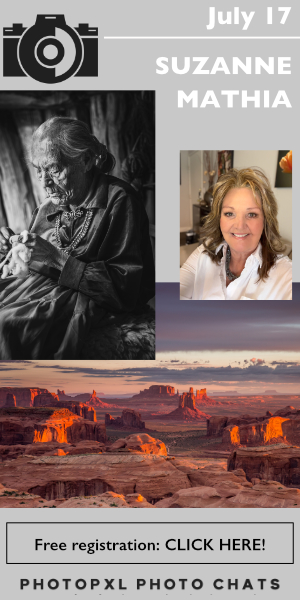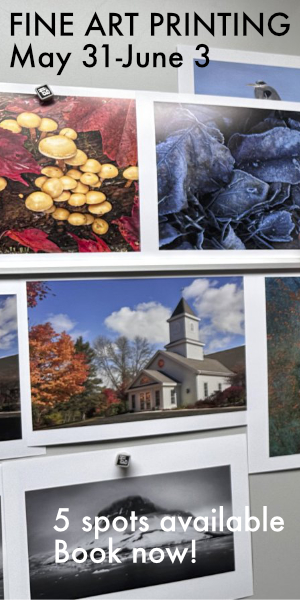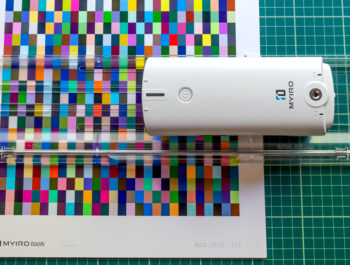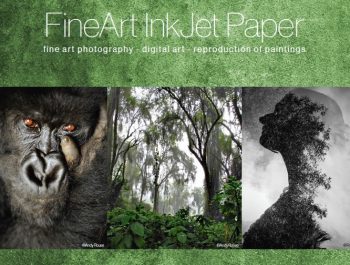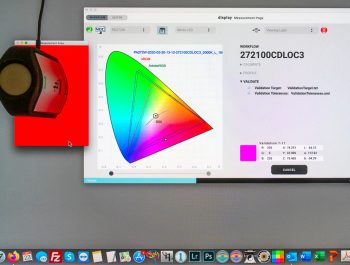Do the “Numbers” Matter?
Readers of my printer and paper reviews know that I first present and discuss a data set that describes how accurately a printed sample of colors (including grays) reflects the numerical values of those colors in the image file. The reason for this concern is that after adjusting colors to our taste in a color-managed workflow, we want printed results to faithfully portray what we thought we sent to the printer. So, the extent to which the printer/profile/paper combination (PPP) is capable of achieving this should be important to know, and to a considerable extent, we can know, thanks to objective data-based analysis. Not to say that inaccuracy makes prints poor – it doesn’t necessarily; it all depends on the extent and characteristics of inaccuracy and the nature of the photograph. Regardless, more accuracy is generally a safer proposition for success than less accuracy.
But using data to provide a visually consistent impression of what we perceive when looking at the colors is a difficult mental transition; so, in the context of measuring the extent of inaccuracy between image file numbers and the numbers read from the print, what if there were disconnects between what data may lead us to believe versus what we see on paper?
In fact, there often are such disconnects, notwithstanding that “dE” calculations attempt to bridge them.
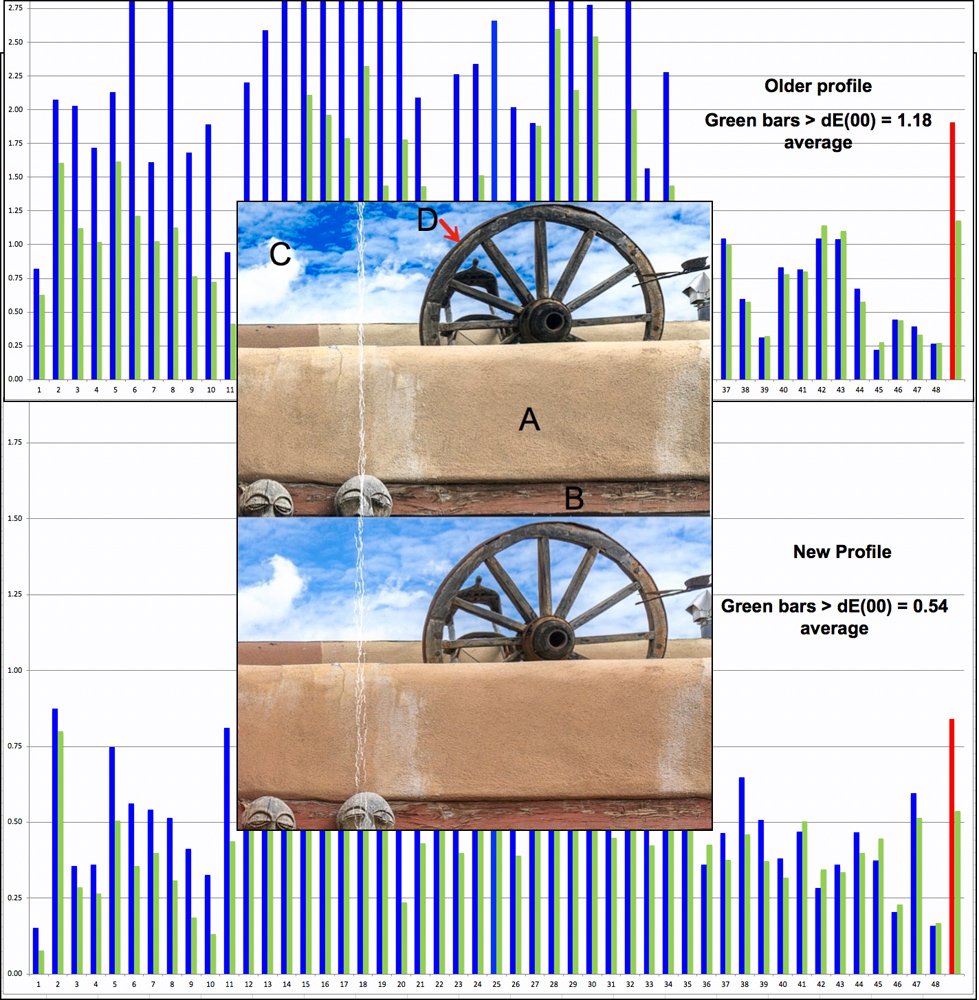
A frequent question arises about how large the dE values need to be before the indicated color inaccuracy could begin to affect one’s enjoyment of the print. This is a very deep subject that color scientists have been working on for many decades, and I am not a color scientist; nonetheless, I have undertaken, and am reporting here, some exploration that provides tangible insights on the relationship between data and observation that may be useful to those interested in the question of the extent to which data-driven performance evaluations provide useful insight about the extent and visual importance of perceived color differences.
Because this analysis is very long and requires some concentration, we are providing it as a PDF download which you may access here. If you are in a rush, you’ll find the conclusions at the end. Enjoy!
Download PDF –
Mark D Segal
Locked-down in Toronto., April 2020.
Toronto, ON
Mark has been making photographs for the past seven decades and started adopting a digital workflow in 1999 first with scanning film, then going fully digital in 2004. He has worked with a considerable range of software, equipment, materials and techniques over the years, accumulated substantial experience as an author, educator and communicator in several fields, was a frequent contributor to the Luminous-Landscape website and now contributes frequently with in-depth articles on the PhotoPXL website. Mark has contributed over 75 articles to the two websites up to Q1-2024, with a particular emphasis on printers and papers, given his view that a photograph printed on paper remains the epitome of fine photography, as it has been from soon after the medium was invented and started gaining momentum in the 1830s/1840s. Mark developed a particular interest in film scanning and authored the ebook “Scanning Workflows with SilverFast 8, SilverFast HDR, Adobe Photoshop Lightroom and Adobe Photoshop” (please check our Store for availability). In his “other life” (the one that pays for the photography), Mark is a retiree from the World Bank Group and was a consultant in electric power development.




